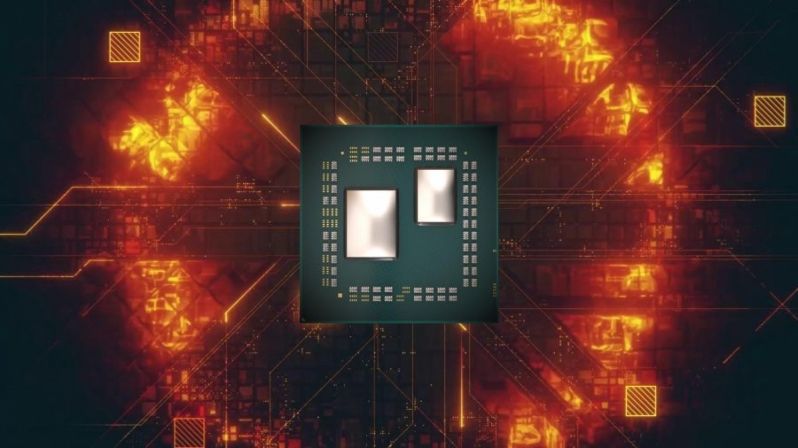In 2018, AMD retained its commitment to the year and received a number of benefits that the company has not reaped since 2011, mainly thanks to the success of its Ryzen processors and EPYC server chips.
AMD’s most impressive compliment as a company is its ability to challenge manufacturers like Intel on a very tight budget. In the fourth quarter of 2018, Intel earned more than ten times what AMD was able to deliver in revenue terms, with higher product margins, putting AMD in a position where it should not be competitive at least in R&D expenses.
However, AMD has shaken the CPU market to its foundations with its Zen architecture that not only ensures growth and profitability, but also the ability to outperform Intel in 2019 with its new Zen 2 architecture and the use of a state-of-the-art 7nm node.
Comparative table with the investment in millions of dollars
| R & D Budget (Millions) | 2017 | 2018 | Increase (YoY) |
| Q1 | $ 271 | $ 343 | 26.6% |
| Q2 | $ 285 | $ 357 | 25.3% |
| Q3 | $ 320 | $ 363 | 13.4% |
| Q4 | $ 320 | $ 371 | 15.8% |
| Total annual | $ 1,196 | $ 1,434 | 19.8% |
AMD’s current priority is to ensure that Zen is not a single bullet cartridge, which means that its net profits must be focused on the continuous research and development of new technologies. Comparing 2018 to 2017, the R&D budget has increased by nearly 20% and annual spending has risen from $1.196 billion to $1.434 billion.
This is good news for AMD as these increased investments will enable the company to continue to deliver high-quality products over the coming years.
For 2019, AMD expects its Ryzen and EPYC series processors to continue to grow sales, especially by mid-2019, when the company will have its 7 nm Zen 2 products on the road. The red company expects its next-generation designs to significantly improve both core performance and energy efficiency.
